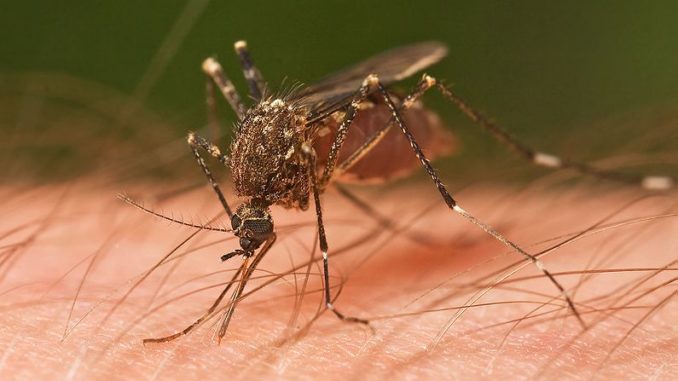
Mosquitoes, ticks, fleas… bugs. No one likes them. They’re annoying for sure, and worse they spread disease. Everyone knows they should apply insect repellents, but most of us forget, or don’t realize it’s worn off and time to apply more. Then there’s the pungent, noxious odor, and the oily, greasy feeling on your skin. Understandably, many people are also concerned about the safety and side-effects of synthetic repellents such as DEET.
However [cue the scary music], there’s danger everwhere. Mosquitoes are responsible for malaria, yellow fever, Zika, West Nile, dengue, elephantiasis, and chikungunya. Ticks carry anaplasmosis, Lyme disease, spotted fever, Rocky Mountain fever, and Lethal Crimean-Congo hemorrhagic fever. Fleas keep re-gifting us with the plague. Sandflies spread kala azar.
Take heart, happy campers, a sunny day is on the way. A safe, non-toxic, and natural bug repellent has been studied by the Centers for Disease Control and Prevention (CDC) and declared safe for use in insecticides and insect repellents by the Environmental Protection Agency (EPA).
The CDC began looking for a safe and natural tick repellent when Lyme disease first became a problem a couple of decades ago. They discovered it in a ketone called nootkatone in the terpene oil of the Alaskan yellow cedar (Cupressus nootkatensis). Along the way, they found nootkatone also repelled mosquitoes and other pests (fleas, head lice, bed bugs, sandflies, midges).
Lab testing has shown that nootkatone is more effective at repelling ticks than synthetic chemicals, including DEET, and it is equally effective at repelling mosquitoes as those same chemicals. Nootkatone blocks insect nerve receptors for octopamine (a neurotransmitter) which makes the insects uncontrollably hyperactive and they “vibrate themselves to death”. Octopamine is the bug equivelant of human adrenaline.
Later the CDC realized that nootkatone was already widely used in food flavoring, perfumes and colognes, but sourced from common grapefruit rind rather than a remote tree in Alaska. Needless to say, it is perfectly safe to consume, and you already have if you’ve ever eaten a grapefruit, or gulped down a bottle of Fresca or a can of Squirt.
Not only is nootkatone safe for humans and other mammals (including dogs and cats) it’s also safe for birds, bees, butterflies, and fish. Unlike other chemicals, it breaks down quickly and does not persist in the environment or contaminate groundwater.
The CDC patented their discovery and licensed it to Evolva, a Swiss company which has developed a proprietary process to extract nootkatone from fermenting yeast. The economical and sustainable technique allows the company to harvest nootkatone on an industrial scale.
Future products that hypothetically might contain nootkatone as an ingredient could possibly include skin lotion, sunscreen, shampoo, soap, laundry detergent, deoderant, and products for pets, such as dog shampoo.
Just put it in everything. Nootkatone needs to be in everything.
Question of the Night: It’s still summer and still hot… Swimming pool or beach?
